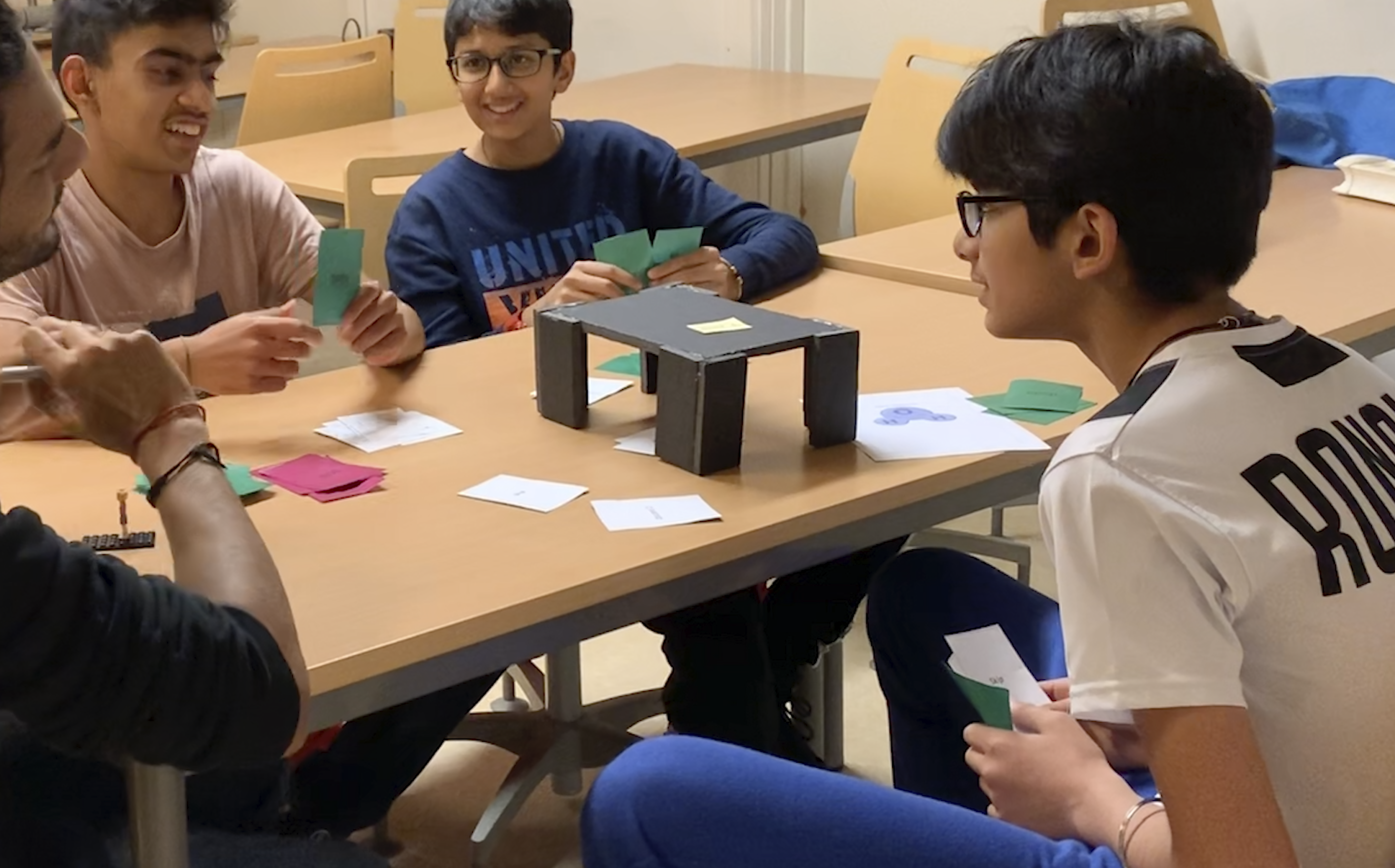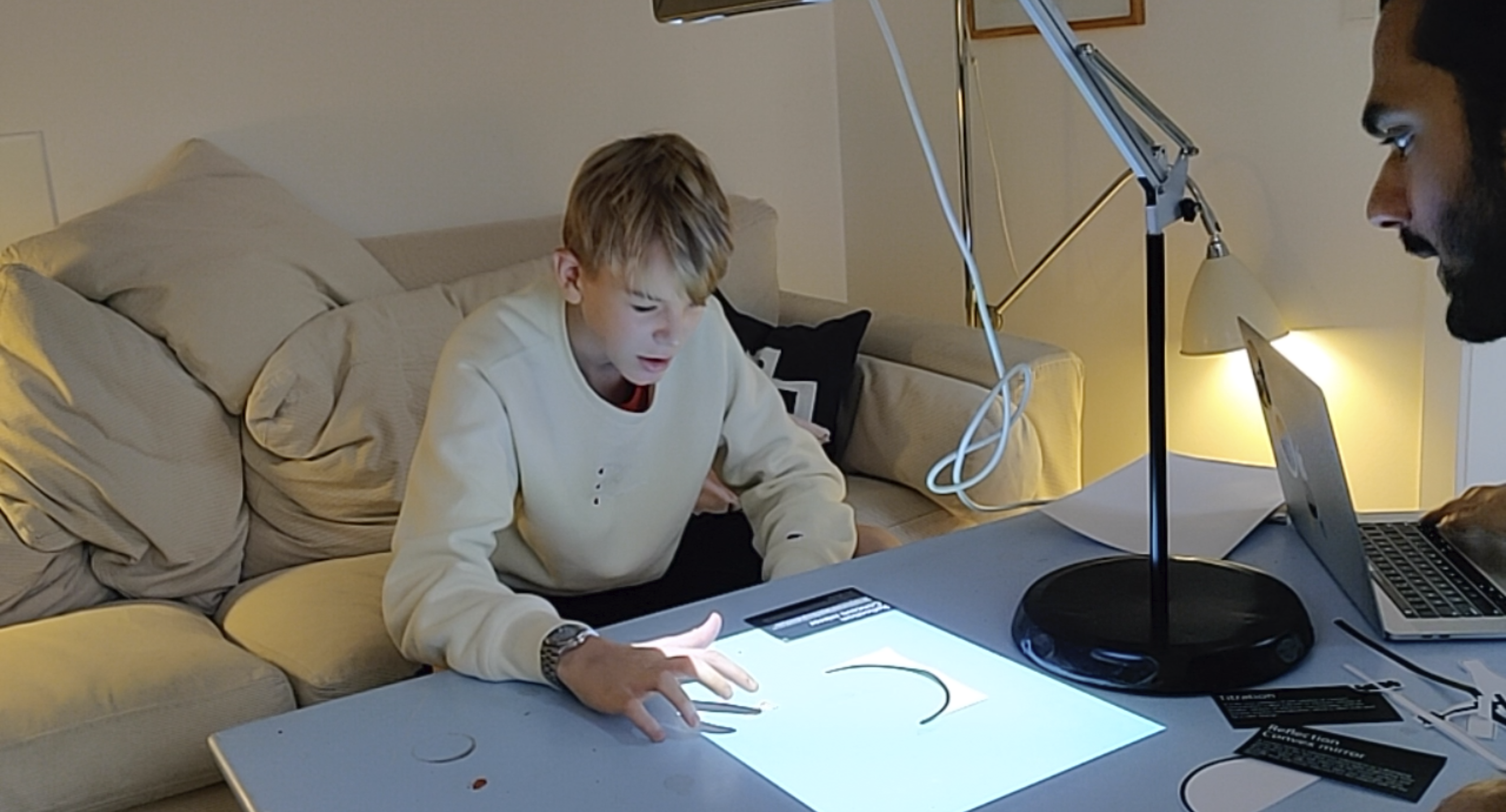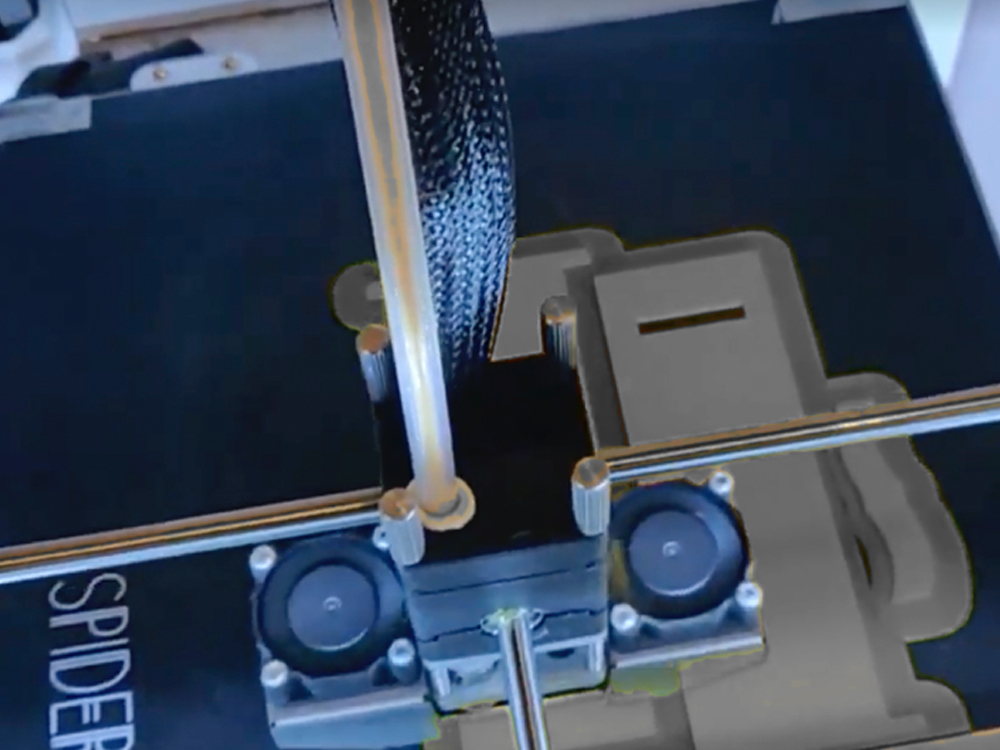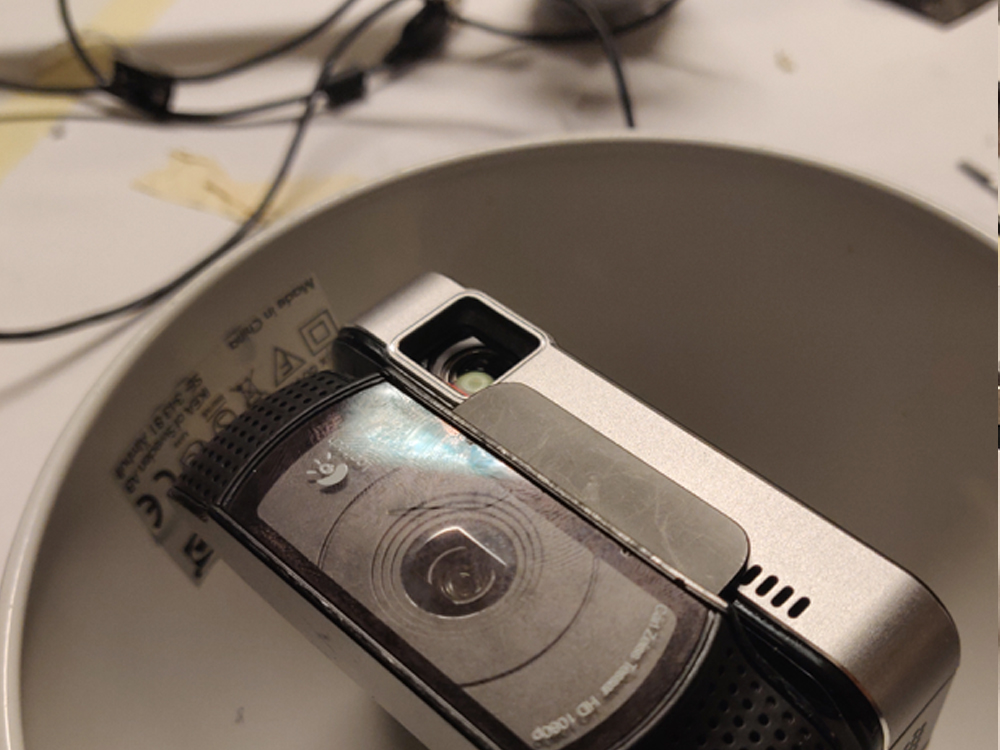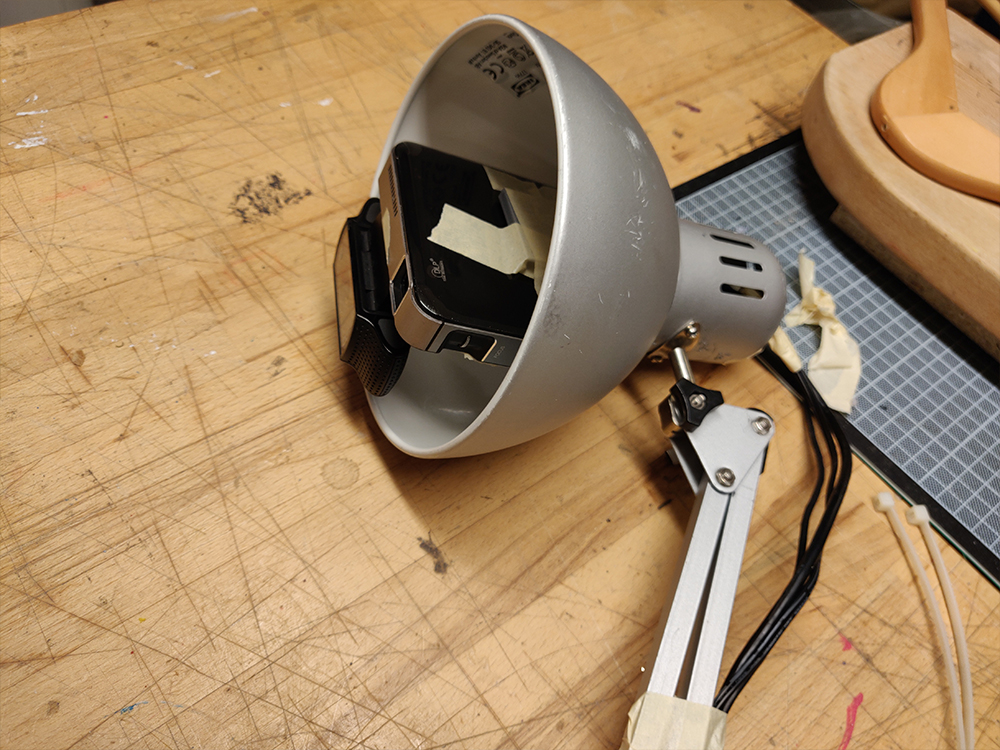Brief
For my final project at CIID I chose the topic of middle school education focusing on STEM concepts. Middle school education can be very challenging for students. They get introduced to a lot of new mathematical and scientific concepts that are often abstract in nature and difficult to understand. What if these concepts could be made more fun and tangible? Would this help the students gain more confidence in learning these concepts, let them explore the subject matter more deeply and help them develop their own reasoning behind them?
A playful way to explore STEM concepts.
Solution
The “Smart Lamp” addresses this opportunity space by creating a mixed-reality environment that brings together the advantages of both physical and virtual environments. That creates a more enjoyable learning experience which improves the students’ exploration of science and mathematics.
The camera-synchronized interaction also enables students to gain some of the benefits of embodied cognition through mere observation and manipulation of physical cut-outs, making the concepts more tangible and easier to understand.
Process
First and foremost I spoke to a few middle school students in Copenhagen. I asked them to draw a flow chart of their daily activities. Based on that I developed a character sketch, where I started understanding the students motivations/demotivations to do a certain activity through the day. Below is the character sketch of a day in life of this middle school student.



How does this middle school student feel

Confused

Irritated

Does not care

Research interviews
I started scheduling interviews with various stakeholders in the middle school education space. I conducted a few Skype interviews, Sent out questionnaires and met a few teachers, students and parents personally to understand the problems in much more depth. I drew a few sacrificial concepts to have more engaging conversations and know their thoughts about home leaning activities, using technology in learning and classroom activities.






Quotes from interviewees
Insights from research & interviews
Explorable explanations
Giving the kids the freedom to explore and develop their own conclusions.
Making the invisible, visible!
Intangible concepts are difficult to imagine in real life.
Collaboration to confidence
Collaboration is key for learning. Learning together builds confidence and gives perspective.
Metacognitive growth
Facilitating metacognitive growth enables inter-contextual application of concepts.
# Concept 1
Actual reality
Exploring and tagging basic STEM concepts in the real world, e.g. Pythagoras theorem, area of a quadrilateral, etc.

# Concept 2
Well grow
Using paper cards to solve equations on a velcro wall. Students see cause & effect projected on the white board using the classroom projector.

# Concept 3
Board game
A board game with a tablet using paper cards to solve a goal. Students put their cards under the tablet to find out the correct combination and reasons why.

Observations from cocreation
- The game like nature of the card game excited the students the most.
- There was an increase in experimentation observed.
- It encouraged collaboration and improvisation. Leading to more exploration.
- Students wanted more control with what they could do with the cards.
- The card game was intuitive to the students and it had the least amount of Onboarding time.
The paper card game was the winner. Using paper cards, something physical to generate different combinations was very well received. The students wanted to hack the rules, exchange the cards to make new combinations.
However, students wanted more control with the cards and the simulation, I asked my self what would happen if instead of the tablet device I could use the existing infrastructure of the classroom and use the classroom projector to build this cause and effect relationship with cards. Would this increase a collaborative classroom learning?
I quickly prototyped this and tested this with some students. I observed that not everyone was motivated to participate equally. and with this observation I went to their teacher and a developmental psychologist.



“Before collaboration comes individual confidence. Early teens are really sensitive about them going to be judged by others, if they feel insecure they will take the safe option or have less participation.”
Briggit fredriksonDevelopmental Psychologist
The shift in context.
After speaking to the developmental psychologist and the teacher. It almost felt like I was not really addressing the root of the issue. I had to build the foundation which would lead to more confidence. Therefore the context of the project shifted from collaborative learning in school to home learning. Because home is one safe space where children don’t feel like they are being judged or they are are not scared of making mistakes.
6 simple steps

1.Print the template

2. Cutout the objects/tools

3. Switch on the lamp

4.Place the learning card

5. Use the cutouts to explore



